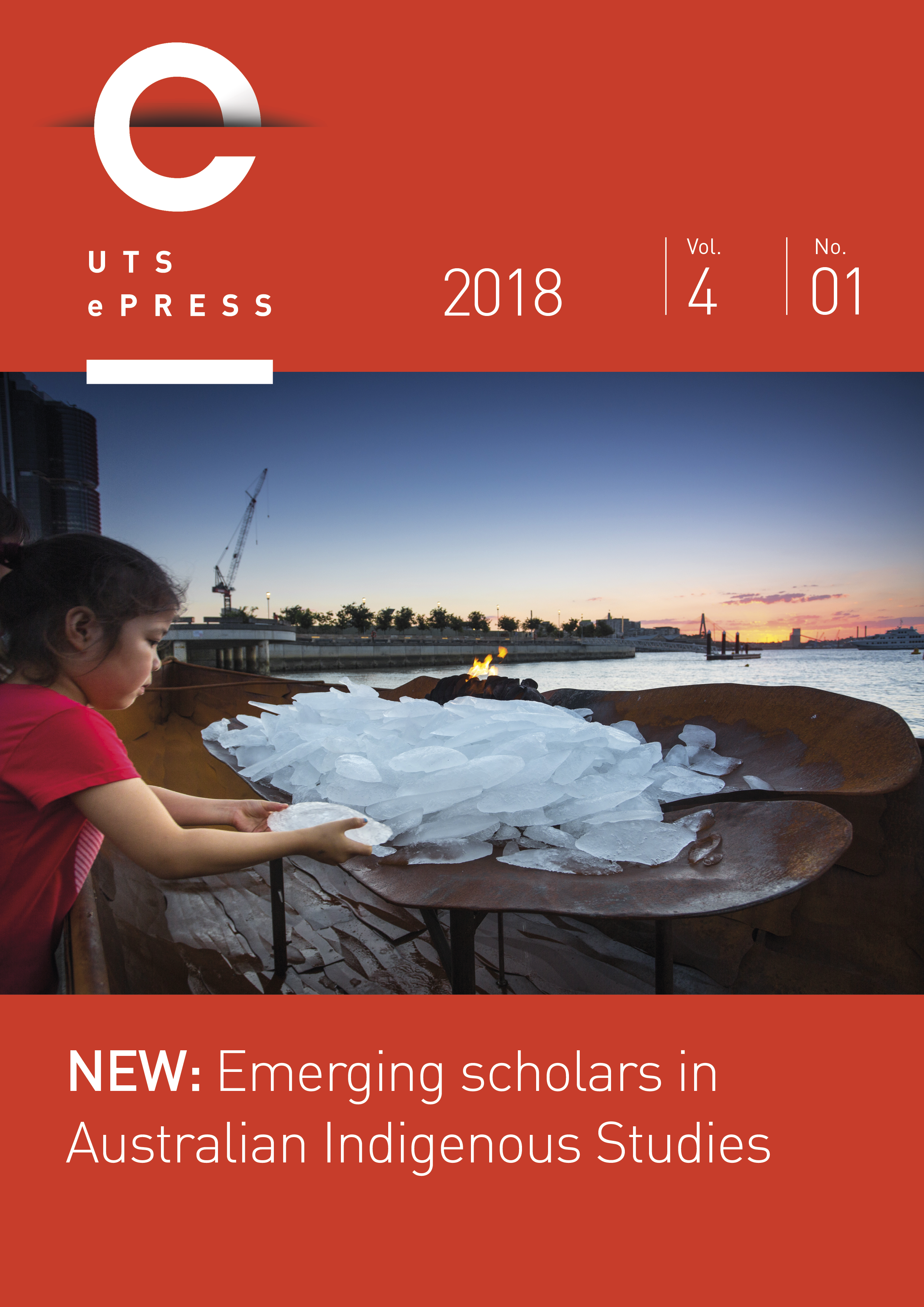The sizes of truth: how Ivan Sen’s Wind helps us understand a complex contemporary identity
Main Article Content
Abstract
Set in 1867, Ivan Sen’s short film Wind tells the story of a young Indigenous tracker named Jess who, in the process of hunting a wanted criminal with his sergeant, begins to trace the footsteps of a community and a heritage he has barely known. This story is set entirely in the mountains, with few references to the wider contexts of Jess and the sergeant, placing it almost completely apart from the plateaus of central ‘big’ truths (Read 2002, p. 54) that constitute the crux of Aboriginal Australian history. Jess’ story acts as a representation of one of the complex anomalies that were a part of early frontier life. It not only tells, but shows audiences that it’s just not that simple.
Article Details
Section
Authors who submit articles to this journal for publication, agree to the following terms:
a) Authors retain copyright and grant the journal right of first publication with the work simultaneously licensed under a Creative Commons Attribution License that allows others to share and adapt the work with an acknowledgement of the work's authorship and initial publication in this journal.
b) Authors are able to enter into separate, additional contractual arrangements for the non-exclusive distribution of the journal's published version of the work (e.g., post it to an institutional repository or publish it in a book), with an acknowledgement of its initial publication in this journal.
c) Authors are permitted and encouraged to post their work online (e.g., in institutional repositories or on their website) prior to and during the submission process, as it can lead to productive exchanges, as well as earlier and greater citation of published work (See The Open Access Citation Advantage Service). Where authors include such a work in an institutional repository or on their website (ie. a copy of a work which has been published in a UTS ePRESS journal, or a pre-print or post-print version of that work), we request that they include a statement that acknowledges the UTS ePRESS publication including the name of the journal, the volume number and a web-link to the journal item.
d) Authors should be aware that the Creative Commons Attribution (CC-BY) License permits readers to share (copy and redistribute the work in any medium or format) and adapt (remix, transform, and build upon the work) for any purpose, even commercially, provided they also give appropriate credit to the work, provide a link to the license, and indicate if changes were made. They may do these things in any reasonable manner, but not in any way that suggests you or your publisher endorses their use.
